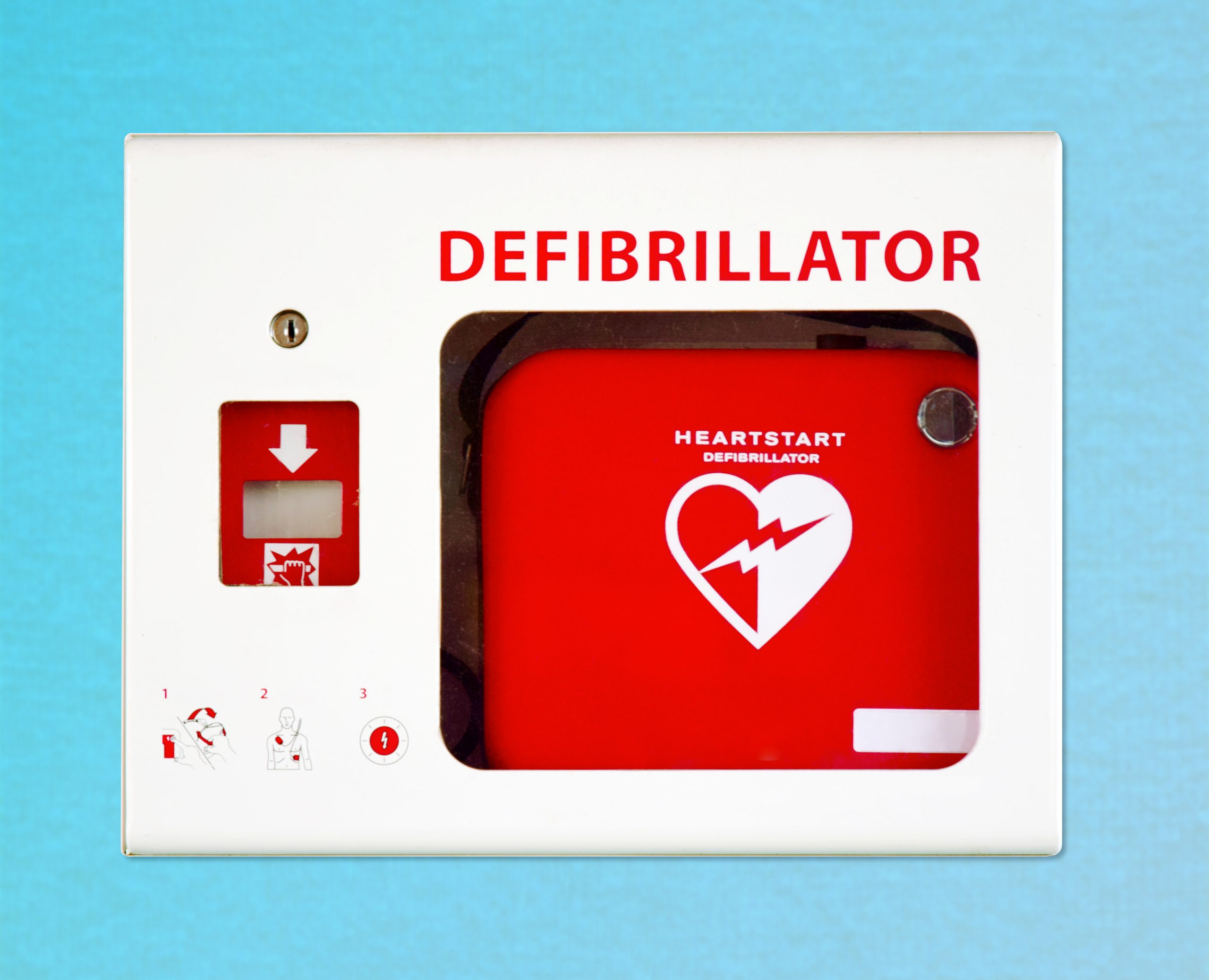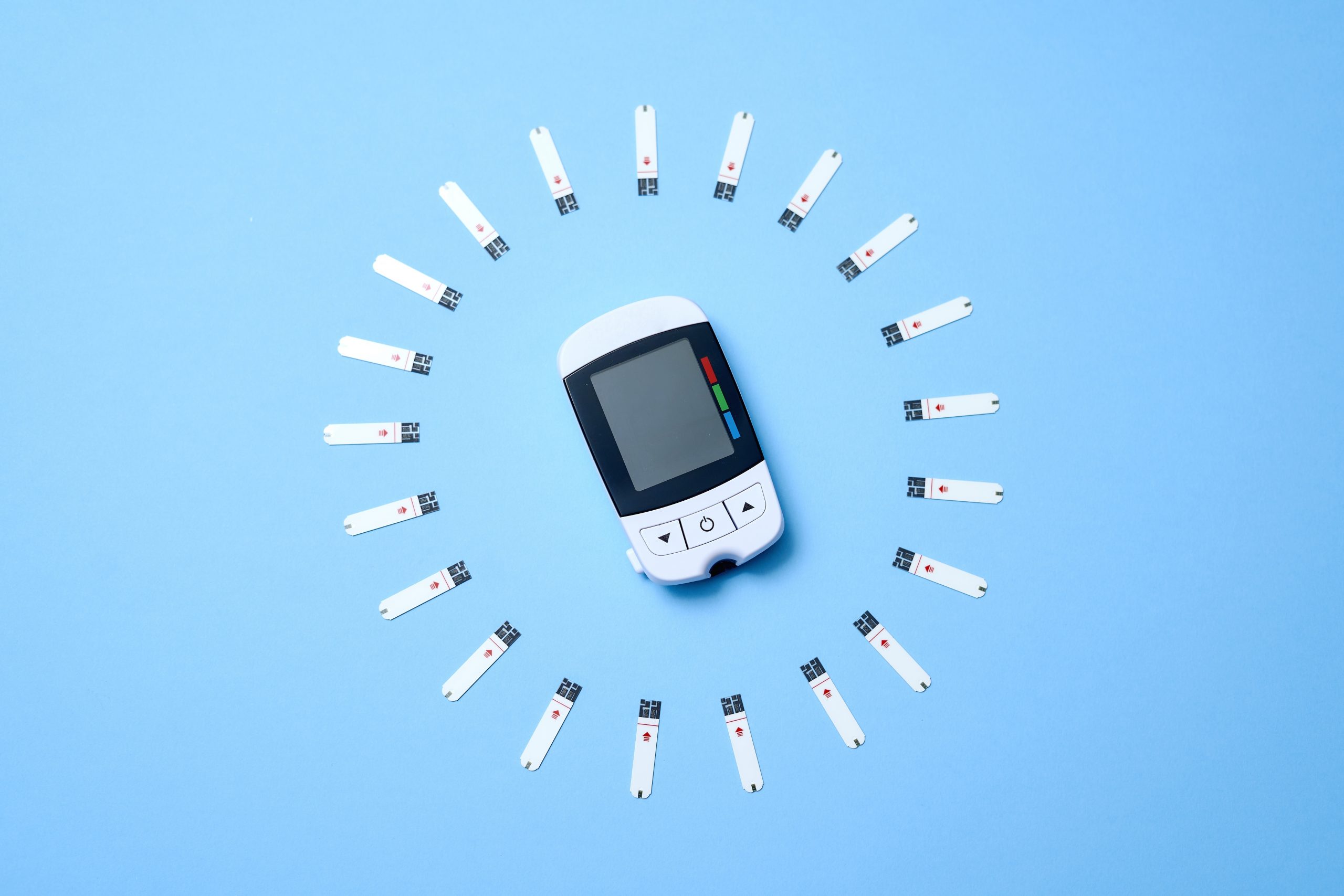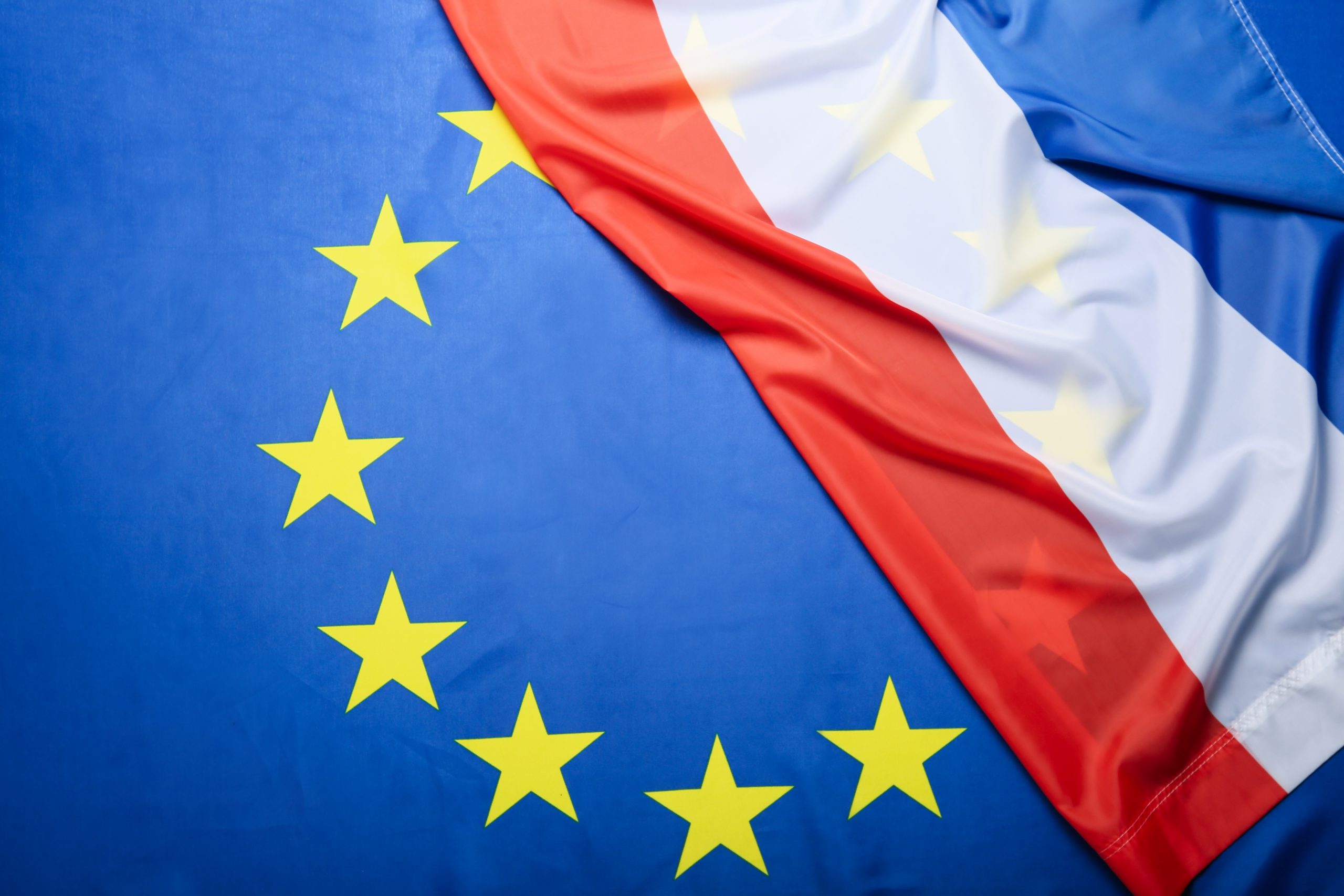Are you a medical device company attracted by the prospect of overseas opportunities? You have developed a fantastic product and chosen a top distributor for your target market. Your export journey has got off to a great start. Now, with its new export strategy, your company is moving into unchartered waters. Part of this strategy is content localisation and you want to understand more about it to make the right strategic decisions for your target export market. In this article you will learn what content localisation is, and why getting it right is essential for the optimal performance and safety of your medtech product.
Translation of your device labels, Instructions for Use (IFU), and other documents may seem like yet another hoop to jump through on your way to the end user overseas. After all, your expertise lies in life sciences and engineering, not languages. However, as with regulatory compliance, content localisation should serve a greater purpose and be more than a simple box-ticking exercise.
Let us first take a look at what localisation is, and how it fits into your export strategy.
What is localisation?
Broadly speaking, localisation is the process of adapting your product to your target market.
Language localisation, specifically, refers to adapting your written content. Which features of your written material will need localising depends on the type of writing, its purpose, and of course your target market.
For example, your marketing team has created a stunning brochure for a wound care product you are planning to sell in Belgium. You may consider having the brochure translated into both French and Dutch, and perhaps even German. Any cultural references will need to be adapted to the Belgian market. Similarly, you will have to make sure that any claims or promotional statements, such as intended purpose, indications, and contraindications, grab the attention of your potential Belgian customers — without exceeding those made in the EU regulatory filing. The imagery also needs to be in line with the expectations of these customers. Measurements have to be provided in the metric system. Prices should show in euros. All numerical values must follow the writing conventions for each language. You may also want to add contact details of your local distributor or sales team.
In contrast, IFU for a coronary stent system that your company wishes to sell in Poland is a factual document. Factual content is generally culture-neutral. This means that it typically does not contain any culturally marked wording or imagery that will need adapting to your target market. A good quality Polish translation will achieve your objective. However, there are also a number of factors to consider.
This brings us to the focus of this article, content localisation.
What is content localisation?
By analogy, content localisation is the process of adapting your documents, such as labelling and IFUs, to your chosen export market. As discussed above, given the nature of factual documents, they do not need cultural adaptation. The localisation process will typically involve adapting three main features:
- Writing conventions to those of the language(s) or language variant used in your target market, e.g. European Portuguese, British English. This also applies to any technical drawings, tables, or figures if they contain numerical values and/or units.
- Regulated terminology and wording, such as EDQM Standard Terms, if applicable.
- Local references, such as storage conditions, country-specific regulations, or local representative’s contact details.
For more detailed explanation of what technical document localisation involves, please read our previous article ‘How to Optimise User-Facing Content Translation for Your New Export Markets’.
Why is good-quality content localisation important?
The importance of good-quality content localisation goes well beyond higher sales and a better reputation for your company. First and foremost, it ensures the safety and efficacy of your medical device. The intended end-user must be able to understand fully any information provided by the manufacturer. Any ambiguity in your translated documents can cause a misunderstanding. Incorrect interpretation of the technical data or instructions may result in improper use of your device.
An incident which exemplifies the health-threatening risks of a lack of content localisation is a series of 47 knee replacement surgeries incorrectly performed in Germany from 2006‒2007. The hospital staff misunderstood the labelling of the femoral component packaging to mean ‘cementless’ or ‘without cement’. The components were labelled as ‘non-modular cemented’ and as such were designed for cemented use only. The wrong use of the implant was due, among other factors, to the original package being labelled only in English. Although the US manufacturer of the knee prosthesis provided the correct information in German, it was part of the instructions included inside the package. The error was not discovered until a year later when a sticker with the German translation of ‘without cement’ was added to the package labelling of those components intended for cementless use only.

An artificial knee joint from the manufacturer Smith & Nephew in front of components for cementless (left) and cemented (right) use. A red sticker with the note ‘Zementfrei’ is visible on the new packaging for components intended for cementless use only.
Source: https://www.welt.de/regionales/berlin/article1108814/Anzeige-gegen-St-Hedwig-und-Hersteller.html#cs-gelenk-DW-Berlin-Berlin-jpg.jpg
How is translation of information supplied with a medical device regulated?
To make sure users of medical devices are safeguarded from harm and able to use a medical device as intended, manufacturers must follow strict regulatory language requirements.
The EU — the second largest medical device market in the world and the largest export market for the UK — has a single harmonised regulatory framework that addresses the language issues. The new Medical Devices Regulation (2017/745/EU) (MDR) and the In Vitro Diagnostic Medical Devices Regulation (2017/746/EU) (IVDR) make provisions in several places that the information accompanying the device must be made available in the language(s) accepted in the Member State where the device is being sold.
Manufacturers shall ensure that the device is accompanied by the information set out in Section 23 of Annex I in an official Union language(s) determined by the Member State in which the device is made available to the user or patient. The particulars on the label shall be indelible, easily legible and clearly comprehensible to the intended user or patient.
Article 10(11), MDR
Manufacturers shall ensure that the device is accompanied by the information set out in Section 20 of Annex I in an official Union language(s) determined by the Member State in which the device is made available to the user or patient. The particulars on the label shall be indelible, easily legible and clearly comprehensible to the intended user or patient.
Article 10(10), IVDR
In practice, this means that manufacturers must provide the relevant translations of the information accompanying the device for all the countries in which the device is used. Although the EU recognises 24 official languages, some countries have more than one official language. The Member State decides in which official language(s) the information should be provided. In addition, some countries, such as Poland and Greece, accept English if the device is intended for professional use only.
Language requirements put in place by the EU countries under the regulatory regime of the MDR and IVDR are highly complex, and warrant a separate article. You will find a detailed analysis from the linguistic perspective in ‘What Are the Language Requirements for Medical Devices Sold in the EU Market under the New EU Medical Devices Regulation?‘ and ‘What Are the EU IVDR Language Requirements and Which Languages Does Each EU Member State Accept?‘.
To summarise, whichever market you are planning to enter with your medical device, do not think of content localisation as a requirement. Instead, view it as an opportunity to promote the proper use of your product, and to demonstrate your dedication to the local market.
If you have any specific questions about content localisation, please share them in the comment section below, and we will try our best to answer them.






